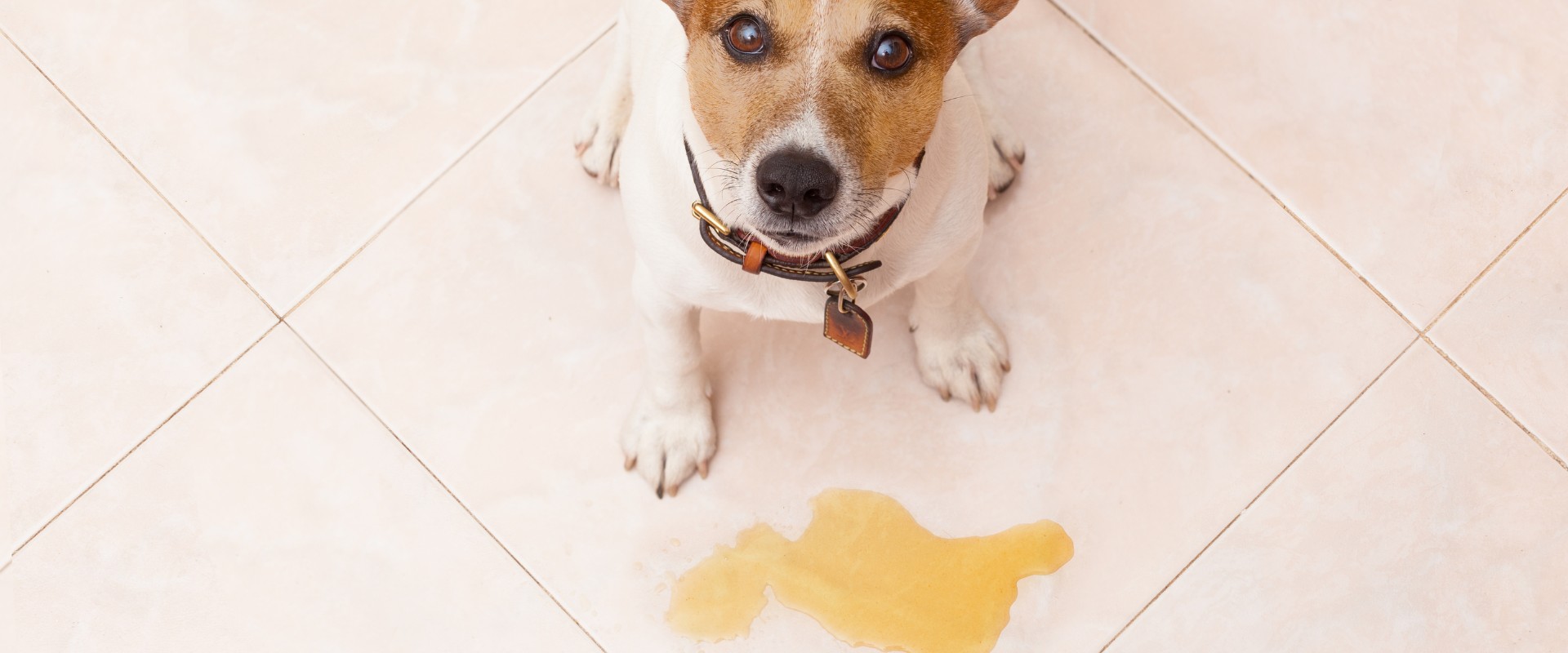Running after a furry flash in the park? Dreading walks because your pup’s nose for squirrels is stronger than their leash? You’re not alone. A dog’s urge to explore can quickly turn into a runaway rodeo, leaving you stressed and them potentially unsafe. But fear not, fellow dog lovers! With the right tools and training, you can transform your escape artist into a confident companion who sticks close by your side.
Building a Bond, Not a Barrier:
First things first, ditch the negativity. Yelling, pulling, and scolding create anxiety, the very fuel that propels escapes. Instead, focus on fostering trust and positive reinforcement. Make training fun! Use treats, toys, and playful interactions to reward desired behavior. Remember, your pup is an eager student, excited to please. Show them what “staying put” means and shower them with praise when they get it right.
Mastering the Magic of Recall:
The “come” command is your golden ticket to freedom (from anxiety, that is). Start in a calm, controlled environment like your living room. Hold a leash loosely, say “come” in a happy voice, and gently guide them towards you. Mark the moment they reach you with a clicker or “yes!” followed by a high-five and a tasty treat. Gradually increase distance and distractions, incorporating enticing toys or tasty smells to test their resolve. Remember, patience is key!
Leash Like a Pro:
Leash walks shouldn’t be a tug-of-war. Teach your dog loose-leash walking with the “heel” command. Start in a quiet area, reward them for walking smoothly alongside you, and redirect them gently if they pull. Use a harness instead of a collar to avoid putting pressure on their sensitive trachea. Remember, short, positive training sessions are more effective than marathon marches.
Taming the Temptress:
Squirrels, bunnies, butterflies – the world is a captivating place for a curious canine. To counter the allure, practice “leave it” in low-distraction environments. Show them a treat, say “leave it,” and reward them when they turn away. Gradually introduce distractions, like a toy squirrel on a string, and increase the reward value for resisting the urge to chase. Remember, consistency is crucial!

Escape-Proofing Your Home:
Prevention is always better than panic. Secure fences, gates, and backyards. Block doggy escape routes under doors and windows. Consider a GPS collar for added peace of mind. Remember, even the most well-trained dog can find a loophole when curiosity strikes.
Remember, Your Dog is a Work in Progress:
There will be bumps along the training road. Patience, consistency, and positive reinforcement are your secret weapons. Celebrate small victories, acknowledge their progress, and most importantly, have fun! By building a strong bond and teaching them the joy of sticking by your side, you can transform your runaway rebel into a confident, reliable companion, ready to explore the world at your pace, together.
So, put away the panic-stricken leash and unleash the joy of positive training! With dedication and a little love, you and your furry friend can embark on adventures filled with freedom, not fear. Remember, a well-trained dog is a happy dog, and a happy dog is a dog who stays right by your side, ready to wag their tail at every step of the way.



